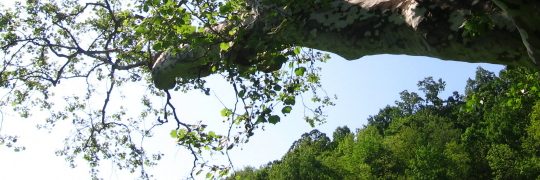My virus scan had slowed my computer to a crawl, so I spent the morning cleaning out the mess at the top of the basement stairs, which was used as the cleaning closet by the previous owners, despite the fact that it is less than three feet square and is in fact the stair landing and needs to be used to get up and down, and brainstorming how to rearrange it. We had gotten mop clips to be put up, but you can never just do one thing. There is a circuit box there, for which a giant hole was cut in the plaster wall and never finished, leaving cable, rough plaster edges, and the inside of the wall exposed, and something needed to be done about that. We brainstormed and decided to surround the thing with pegboard, so I put chicken in the crockpot for green chile enchiladas later, and we went to Lowe’s and then off to the mountains again, figuring there wasn’t any daylight in the staircase so the afternoon would be better spent where there was.
We went to Pleasant Creek WMA, where we didn’t find skunk cabbage, and then back down to see if we could actually find Arden, a swimming spot on the Tygart Valley River. We weren’t planning a swim, but we got lost in the wilds of Barbour County a few years ago while planning a picnic there on the way to take our daughter to the Pittsburgh airport. It was meant to be the scenic route, and was, but not what we had planned, and we wanted to try again. We did find Arden, a pretty spot on the Tygart, and then went over the hill to Moatsville, a beautiful spot on Teter Creek just above where it joins the Tygart.
So while Robert finished the pegboard, I made these brownies. I found the recipe while adding all my recipes to this blog, partly as part of the “automate menu planning and the grocery list” project, for which I’m using Ziplist, but don’t want to copy all my recipes there. I can put them here, link their ingredients there, use them for schedule and grocery list generation in Ziplist, and still have them under my control. I suspect this was my mother’s recipe, but I don’t remember her ever making them – and I haven’t either. An experiment. I suspected from the tiny amount of flour that they would be the kind described as “fudgie” but they are more like baked mousse or maybe divinity (and way less trouble than divinity).
And the top of the stairs now looks like this, and will be quite lovely, as basement stairs go, once we paint it all gray to match the kitchen. 









